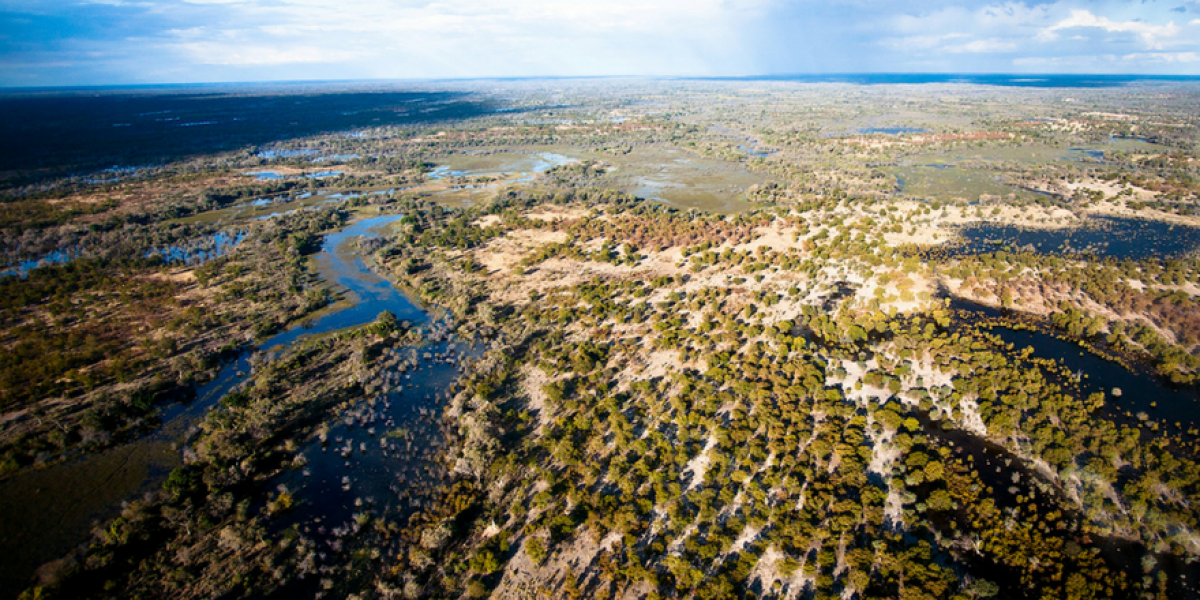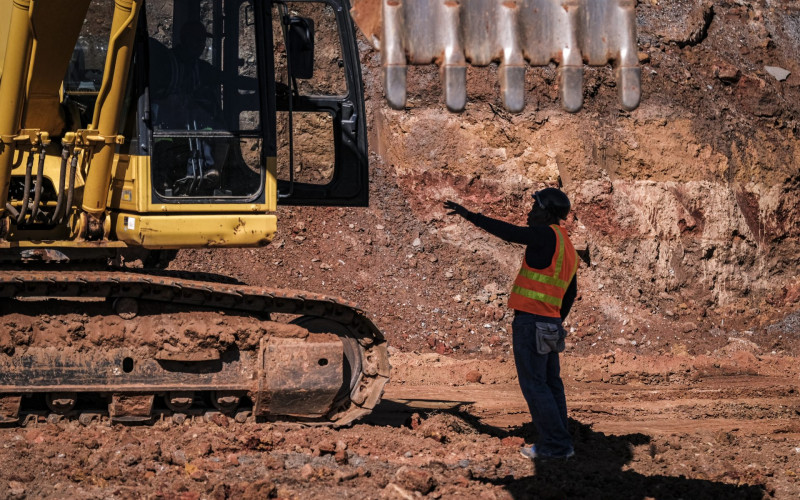Protected areas (PAs) are conservation management tools designed to safeguard the world’s most threatened species and protect essential ecosystem services and biological resources. Today 200,000 PAs, including national parks and indigenous and communal areas, cover approximately 14.6% of the world’s land surface and 2.8% of its oceans. Africa is home to 7,000 registered PAs, of which only 41 are listed under UNESCO’s natural World Heritage (WH) site status. Although often imperfectly designed, PAs can legally enforce at least a degree of protection, making them the cornerstones of most national and international conservation strategies.
The use of prestigious conservation labels and an elevated environmental status creates a special ‘duty of care’ for extractive companies wishing to operate in ecologically sensitive areas, setting out guidelines to regulate intrusive activities while demanding standards that adhere to international best practice. However, despite these restrictions there is growing concern about the adverse impact of extractive industries on biodiversity in PAs.







